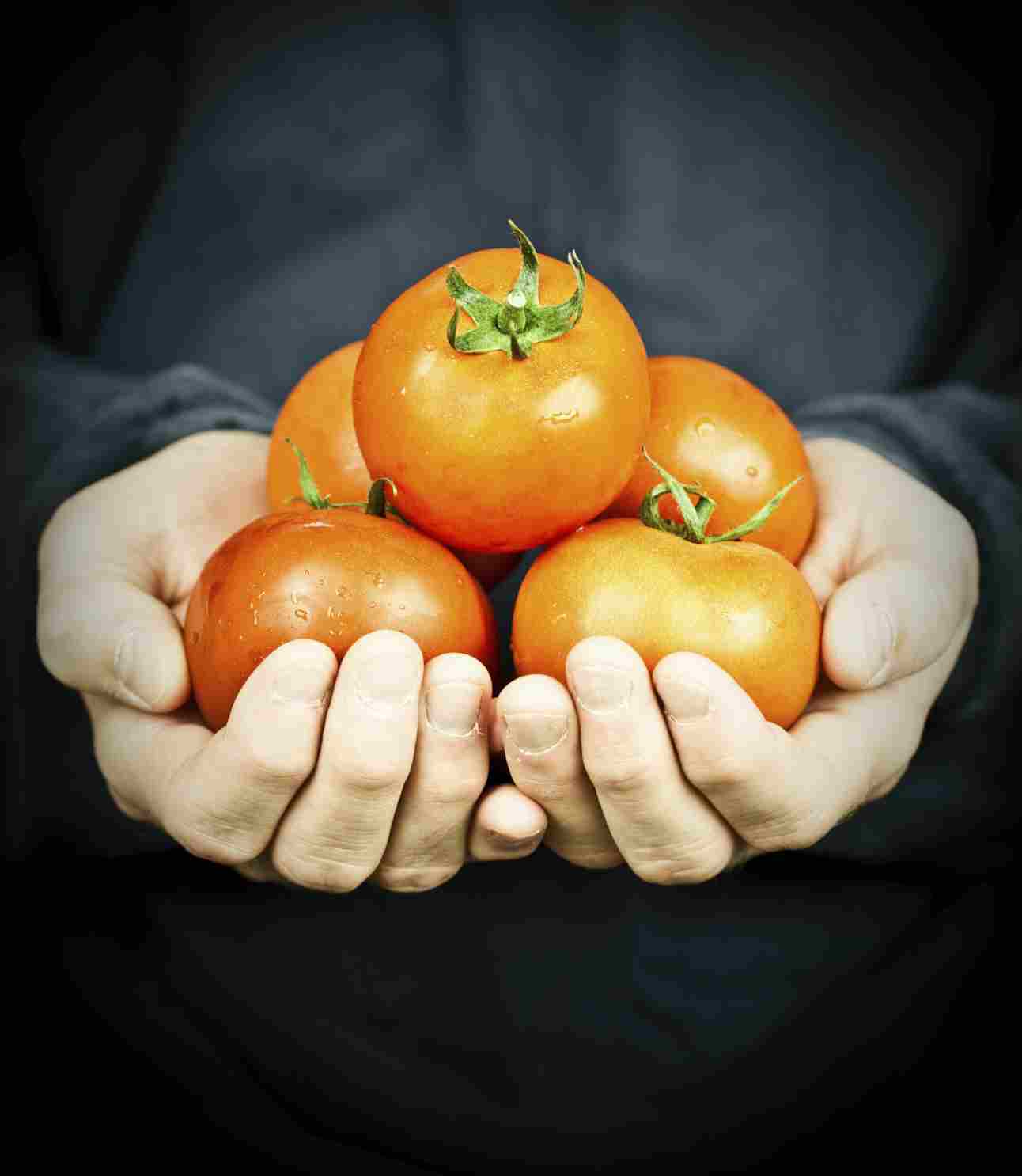FRUGAL GARDENING
Starting a Garden

So, you are starting a garden. You'll enjoy working in the garden as well as reaping the benefits of it at harvest.
What is Frugal Gardening? It's one of the many, creative ways to save money on your food bill. No, it's not cheap living but living frugally.
More and more people are recognizing the benefits of starting a home vegetable garden and growing their own produce and vegetables. Several of the benefits are improved quality, taste, and cost savings. According to NGA estimates, on average a well-maintained food garden yields a $500 return when considering a typical gardeners investment and the market price of produce.
One of your first steps to starting a garden is to find out what grows well in your particular area. You can find a zone map by zipcode at the National Gardening Association website - www.garden.org.
If you’re trying to grow what doesn’t flourish in your area, you may be setting yourself up for a lot of unnecessary gardening expenses. Increase your garden’s chance of success, and minimize maintenance, by planting what will grow well in your area.
Starting a Garden for Apartment Dwellers
You can still have a small garden even if you live in an apartment or have little to no backyard to spare. You can start a container vegetable garden on windows or porches.
Starting a Garden
Do you want to have a backyard garden or a container garden?
- If you opt to have a container garden, make sure the containers have plenty of room to prevent the plant from becoming root-bound. I've seen this happen often with my tomato plants.
- You need to purchase your garden seeds. You can purchase garden seeds at a local discount or dollar store sometimes for as little as .10 cents a pack. I've purchased inexpensive garden seeds at the dollar general store, you may want to try there if you have one close and convenient.
Do you want to use a seed starter kit or use your own soil?
- You can purchase a Jiffy 36 Peat Pellet Kit at Home Depot for as little as 4.29.
- If you wish to use your own soil, you'll need to break up the clods and remove worms. Put the worms back in the garden outside as they provide nourishment to the soil. Put the dirt in an oven safe container and bake at 200 degrees Fahrenheit for approximately. This will kill any fungus or nematodes that might eat your plants.
- Fill the seed starters with the soil mixture and plant as indicated in the directions on the seed packs. Your seed starter containers can be empty egg cartons, a milk carton cut in half - anything that will hold water to keep the soil moist and warm. Keep them moist and warm until you see the small little sprouts shooting up out of your seed starters.
- When the first true leaves appear, cut them back while leaving the strongest seedling in each plant cell.
- When the sprout gets about an inch high (approximately two weeks), put them outside in the shade for several days (bring them in at night). Over the next period of two weeks, start gradually exposing the plants to full sunlight.
- Now you are ready to transplant. With a gentle hand, pop the plants out of the seed starting container and dig holes in your garder or containter deep enough to cover the base of the plan. Make sure the base of the plant is totally covered by the soil.
- Congratulations, you're on your way to living frugal and reducing the food bill.
Good Deal Street
Discount wind bells bird houses and solar lights. These bird bell and solar light for your church, garden and home. Using power of gods sun to light your path and wind chimes to guide you into the light and birds to bring peaceful solace to you soul.










